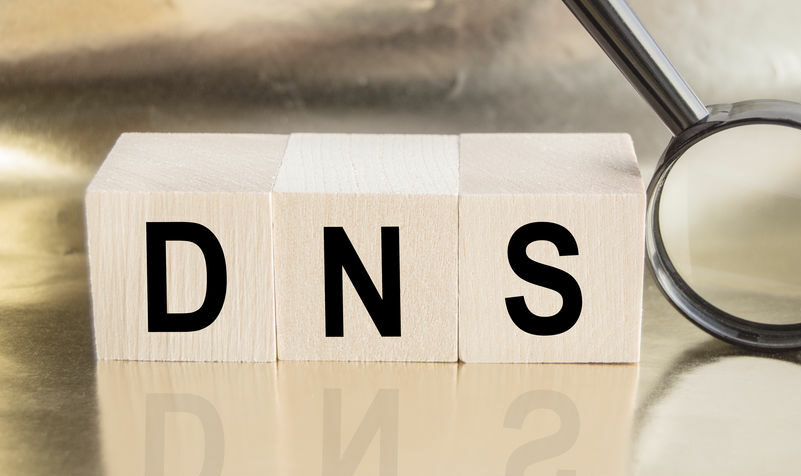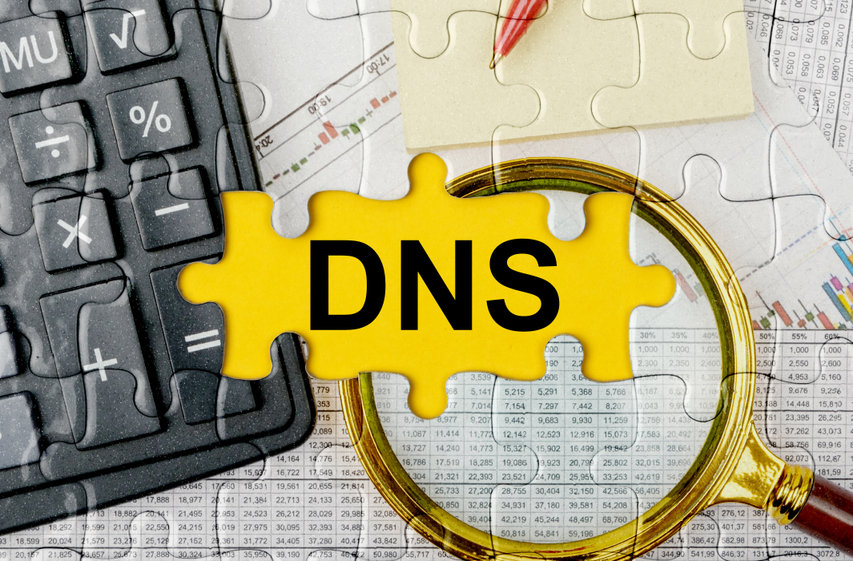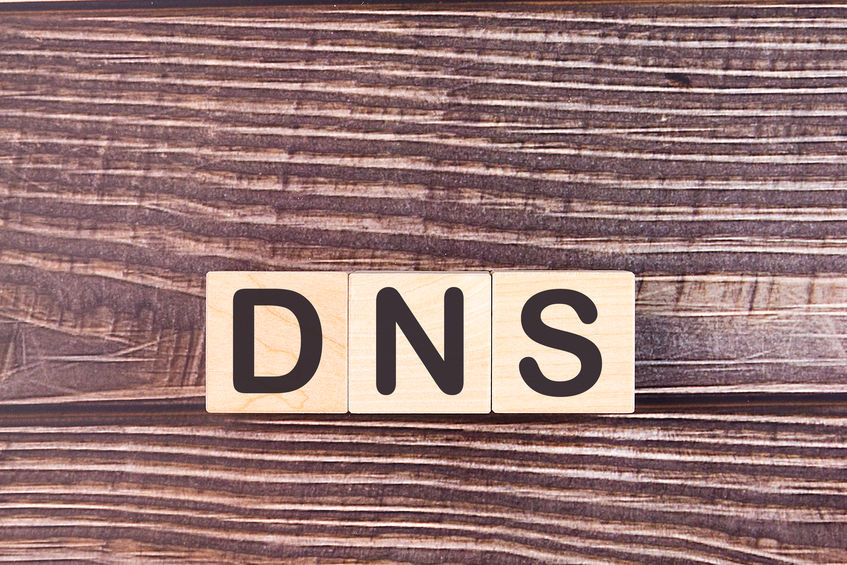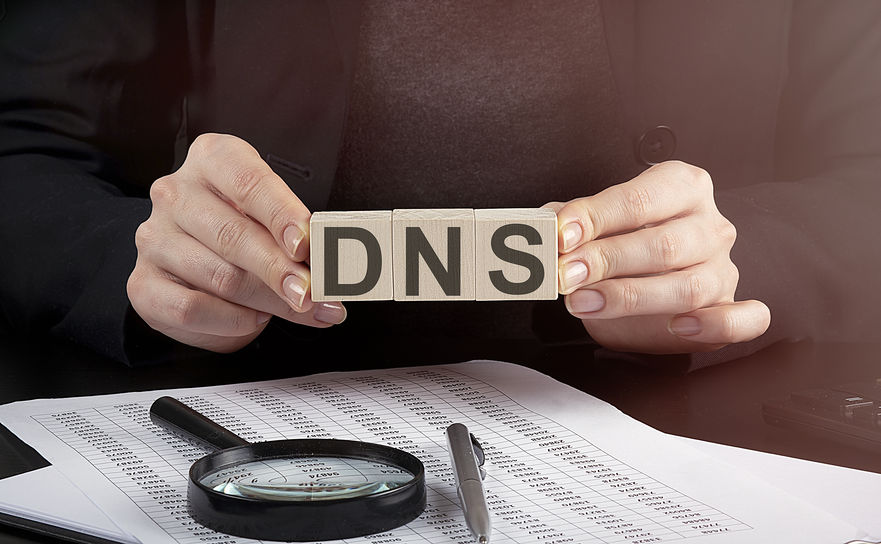The rDNS (Reverse DNS) process is only one aspect of the Domain Name System’s operation. The purpose is to connect an IP address to a domain name. It’s a tool that can be used in both the IT and business fields.
rDNS – meaning
As we know, DNS is the process by which we use a domain name to reach its corresponding IP address. Reverse Domain Name System or rDNS is a procedure where you use the IP address to get information about the domain name. So this process is the opposite of standard DNS resolution.
How does it work?
In order to perform these inverse procedures, we use PTR records (pointer records). A reverse lookup will not be successful if the IP does not have a PTR. For its part, a pointer record contains information about the reverse IP addresses and, in the end, adds “.in-addr.arpa”. It uses IPv4 or IPv6. We will give an example for each of them:
- For IPv4 – if in a standard form we have IP 156.32.124.87, the PTR record will contain the following information: 87.124.32.156.in-addr.arpa. Note that it does not give us information about the domain name. When we use Reverse DNS, the PTR record that comes looks like this:
87.124.32.156.in-addr.arpa. 1m IN PTR exampleforemail.com.
- For IPv6 – When we use IPv6, it is the same entry, but we end up with ip6.arpa. Let’s imagine the IP 3124:0ac5:32b4:0000:0000:7c8d:8597:1453. So the AAAA record for exampleforemail.com compares to the IP address 3124:0ac5:32b4:0000:0000:7c8d:8597:1453. The PTR record that comes will be as follows:
3.5.4.1.7.9.5.8.d.8.c.7.0.0.0.0.0.0.0.0.4.b.2.3.5.c.a.0.4.2.1.3.ip6.arpa. 1m IN PTR exampleforemail.com.
Most probably, what has been explained above appears complicated. To put it another way, it looks something like this:
156.32.124.87 -> exampleforemail.com
It follows that this domain owns this IP address.
rDNS – why do you need it?
Reverse DNS is especially important for those who manage an outgoing mail server. Of course, it is not required, but it can help to ensure that everything runs smoothly.
One of the most important reasons is to prevent spam email filtering. Many email servers use rDNS to prevent spam by rejecting messages from IP addresses that do not have rDNS or are unlikely to be legitimate. Nevertheless, rDNS is principally used as an additional feature of protection. We see this in practice, as regular web users, when we receive an email from our bank with a link to click. This subsequently turns out to be a fraud. This is exactly why we need rDNS. In addition, if you host your own email server, it is necessary to have a Reverse DNS for the IP address from which the outgoing email is sent.
Conclusion
In conclusion, we can say that Reverse DNS is an integral part of DNS that is gaining more and more popularity. It is a precautionary measure to ensure that your emails do not end up being marked as spam by your targeted customers. Its use is not required, although it is highly recommended.










